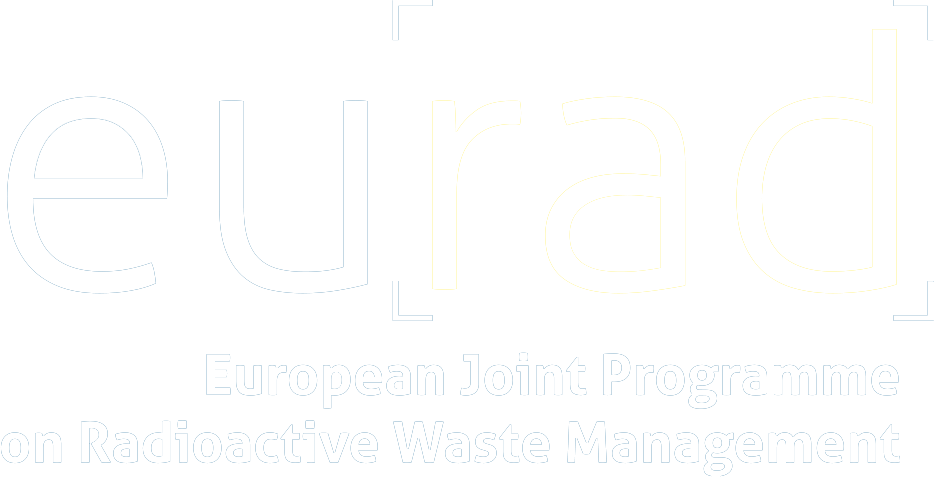As in other nuclear countries, the operation of the Ignalina nuclear power plant (INPP) in Lithuania has led to the accumulation of large amount of radioactive waste (RAW) and spent nuclear fuel (SNF) assemblies. Within the European Union (EU), directive 2011/70/EURATOM contains the provision for every member state (country) to be responsible for the implementation of the safe and sustainable solution for SNF and radioactive waste management and disposal. Currently, it is envisaged that Lithuanian SNF and long-lived intermediate level waste will be disposed of in a deep geological repository. Some investigations of the possibilities to dispose of this waste in Lithuania have been initiated.
Researchers of Nuclear Engineering Laboratory have been actively involved in the analysis of the problems related to the management of radioactive waste from INPP since 1994. For this purpose, the Laboratory performs assessments of the release of radionuclides from waste repositories, safety assessments of waste treatment technological equipment, storage and disposal facilities, and environmental impact studies. Typically, the safety and performance analysis are supported with the numerical modelling of coupled processes.
While numerical tools Hydrus and HPx are available at LEI, additional work is necessary to improve the competence of LEI researchers to use these numerical tools to the fullest extent. Internship at Belgian Nuclear Research Centre SCK-CEN provided valuable experience in using these numerical tools for reactive transport modelling, necessary to perform nuclear disposal site analysis. The main topics covered during the internship included: performance of engineered barriers, chemical evolution in the near field of the repository, radionuclide sorption, organic and inorganic carbon behaviour in cementitious/geological environment, modelling of kinetically controlled reactions, sensitivity analysis. During the visit the theoretical background was combined with the numerous practical exercises and models, which were implemented in the HPx tool.
This internship increased my competence in modelling coupled HC processes in various geochemical configurations (cementitious barriers, clay materials). It will also expand the LEI researchers’ competence in the evaluation of the properties of the engineered barrier system and its long-term performance in various geochemical conditions and in the provision of scientific support to the decision making bodies within the Lithuanian repository development programme.
In addition, the gained experience and skills will allow LEI scientists to contribute to the analysis of the chemical evolution in a disposal cell of the deep geological repository in the framework of EURAD WP ACED more effectively.


